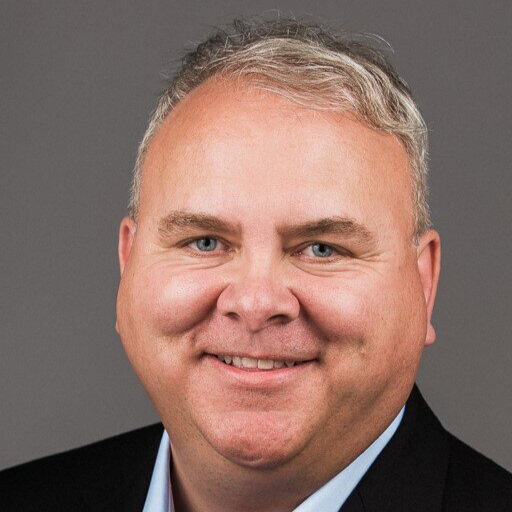Almost everything we know about pain and how to treat it is wrong, Haider Warraich says in his insightful book The Song of Our Scars: The Untold Story of Pain, published earlier this year by Basic Books. The physician and assistant professor at Harvard Medical School claims that there are dire misunderstandings between patients who feel pain, the clinicians who address it, and the researchers who study it. Worst of all, he says, pain has transformed from a symptom into a disease.
Haider Warraich is a physician, author and researcher at the VA Boston Healthcare System, Brigham and Women’s Hospital and Harvard Medical School. He has published more than 140 research papers including in the NEJM, JAMA and BMJ. He frequently writes for the New York Times and Washington Post, and is the author of the books Modern Death, State of the Heart and the just published The Song of Our Scars – The Untold Story of Pain (Basic Books).@haiderwarraich
One in five American adults—an estimated sixty-six million in total—experience chronic pain, resulting in billions of dollars in direct medical costs and lost productivity. Lower back pain is the leading cause of disability in the United States, followed by migraine headaches, neck pain and conditions like osteo and rheumatoid arthritis. And Americans are most likely to use opioids to help alleviate their pain. Yet, as Warraich points out, opioids provide little to no benefit for chronic non-cancer pain, and can even make it worse.
Pain’s storied complexity is multifaceted and multilayered. Its treatment, in Warraich’s view, requires empathic holistic care that considers how pain is racialized, gendered and personal. Pain is subjective. You can have pain without suffering. There is no single dedicated pain center in the brain. The pain of Black people remains both under-recognized and under-treated. Women are more likely to feel pain, but their pain is also more likely to be dismissed. Simply assessing pain on a numeric scale doubles the risk of opioid overdoses in hospital. And exercise is a vital part of any multidisciplinary approach to managing chronic pain.
Warraich himself has chronic back pain due to a sports injury that happened many years ago when he was a medical student in Pakistan—around the time when he felt confirmed in his vocation to be a doctor. Just when he felt like he had fallen in love with medicine, he broke his back.
Now an insightful, wounded healer, Warraich draws from his own experience of how disruptive chronic pain can be—how it “disrupts the way a person moves through their life, the narrative they define themselves by, the arc of their stories.”
The Song of Our Scars is filled with research findings, clinical vignettes, historical details and sociopolitical commentary. Yet the story Warraich tells is so broad and at times surprisingly sequenced—jumping from the mythological Greek world, to the history of opium, to the American Civil War—that it can sound like listening to the radio while scanning the channels, catching snippets of newscasts in search of a good song. We as readers want to hear more of Warraich’s own personal self-reflections, which would help focus his narrative by giving voice to his song, and deepen its impact on readers, his listeners.
Perhaps most helpful is Warraich’s concern for the origins of the opioid addiction crisis in America. The story of the opioid crisis continues to unfold in the United States, and recently came into the headlines in the documentary “All the Beauty and the Bloodshed,”directed by award-winning director Laura Poitras about artist Nan Goldin’s life and chronicles her addiction and activism that led to major museums such as the National Portrait Gallery in Washington, DC, the Guggenheim, the Tate and others to stop taking donations from the Sackler family and removing the Sackler name from the walls of their institutions. The documentary won the prestigious Golden Lion at the Venice Film Festival in September.
In The Song of Our Scars, Warraich highlights how Cicely Saunders’s revolutionary approach to pain management in hospice care was “hijacked” into a business strategy by the pharmaceutical industry, whose goal, he says, “was to take Saunders’s approach toward total pain experienced by people at the end of life and apply it to people in every phase of life, treating routine medical conditions as if they were terminal illnesses.” Saunders, who started her clinical practice as a nurse and became a doctor, is credited with founding the first modern hospice and establishing the discipline and the culture of palliative care in the late 1950s.
In terms of narrative care, Warraich brings to mind, but does not reference, other prominent physicians and scholars who describe and advocate also for such empathic patient-centered care, including Rita Charon, Victoria Sweet, Arthur Frank and William Randall.
What are the songs of our scars? What type, form and shape do they take? There are love songs, ballads, laments and anthems, to name an obvious few. How do they help us? Do they capture our hearts and move our spirits? Warraich hopes so. As patients tell us their tales of pain, he knows how important it is to listen to them. And he wants healthcare providers to learn how to listen more fully, deeply and more compassionately in clinical practice. Empathy is what makes a good doctor, he says—empathy and kindness.
“As we look to the future and take stock of all that we know about chronic pain,” he says, “we find that the most promising treatment approaches don’t involve any chemical inebriation or procedural manipulation. They involve one human being talking to another, helping them realize that the path to relief was within them all along.”—Robert Mundle
Robert Mundle is a graduate of Yale Divinity School and a palliative care chaplain in Kingston, Ontario. He is the author of How to Be an Even Better Listener: A Practical Guide for Hospice and Palliative Care Volunteers (JKP 2018).















